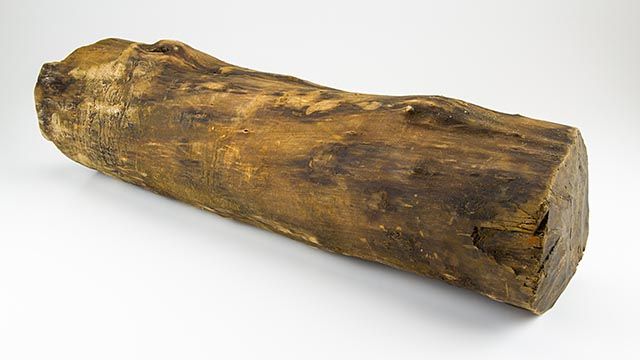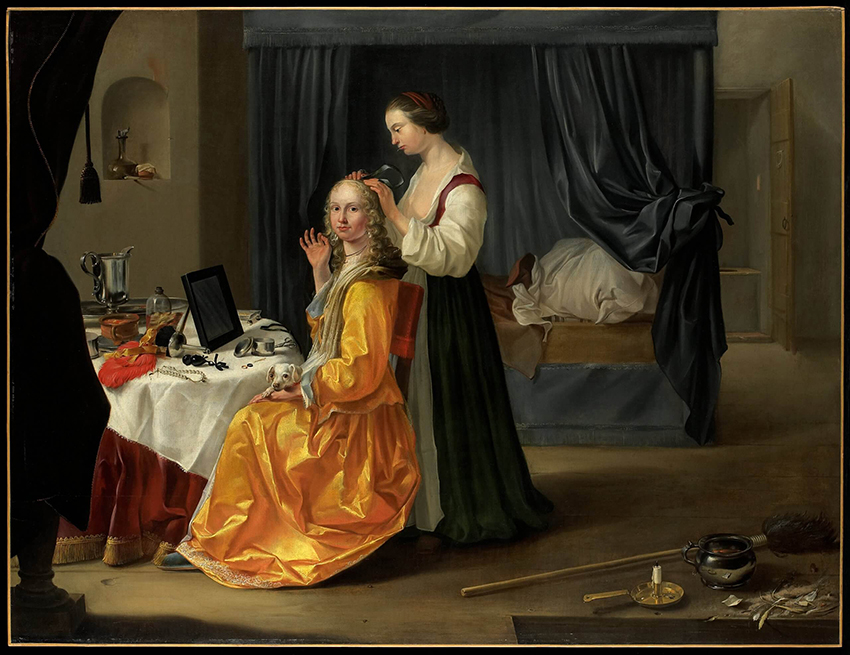 Along the coastline of Texel lie dozens of centuries-old shipwrecks. The many artefacts found throughout the years by divers have taught us a lot about shipping and life at sea between the sixteenth and nineteenth century. One wreck had a very special cargo. This wreck, known as the Palmwood Wreck, was full of exclusive, luxurious objects.
Along the coastline of Texel lie dozens of centuries-old shipwrecks. The many artefacts found throughout the years by divers have taught us a lot about shipping and life at sea between the sixteenth and nineteenth century. One wreck had a very special cargo. This wreck, known as the Palmwood Wreck, was full of exclusive, luxurious objects.
Preserved under the sand
Hundreds of ships were wrecked in the area which was once known as the Texel Roads, on the eastern side of the island. This occurred mainly in the 17th and 18th century due to storm, lightening, fire or a ship running aground on the sandbank. Nothing remains of most of the ships but some were covered by mud and sediment shortly after sinking. This prevented further decay, causing these wrecks to be preserved as time capsules on the seabed. Since the 1970’s the sand has sometimes washed away, causing the wrecks to be revealed. If nature runs its course, they deteriorate at a fast pace. Divers monitor the wrecks for this reason. Fishing trawlers sometimes also discover that a wreck has been exposed by water being washed away.
Washed free
The exposure of the Palmwood Wreck, which was then not yet so named, was first reported in 2010. The wreck lay on the Burgzand, a part of the Wadden Sea east of Texel where many wrecks have been found. In the summer of 2014, the wreck was so exposed that sport divers were able to retrieve artefacts from it.
 Boxwood
Boxwood
Many boxwood logs were found on the top layer of the wreck, which was possibly the deck. The wreck thanks its name to this high-quality hardwood, also known as Palmwood. Palmwood was mainly used for tool handles and luxury furniture making.
Merchant ship
More objects were found as sand continued to wash away from the wreck. The divers brought various broken chests to the surface, containing finds such as textiles, silverware and luxury utensils. Everything was from such quality and exclusivity, that it is certain that the owner belonged to the highest social classes. Research suggests that the Palmwood Wreck was a Dutch merchant ship. The ship had cargo from at least the Mediterranean on board when it sank in 1660.
Unique finds
There are very few 17th century textiles still preserved today and these are almost never found in shipwrecks. This is due to the fact that textiles are the fastest to decay. When textiles are found in a wreck, they are almost always small fragments of woolen seafarer’s clothing. The fact that the textiles from the Palmwood Wreck are mainly still intact makes these finds so unique. Real treasures are, amongst others, the silk Dress, finely knitted silk stockings, an oriental kaftan and a a silver dress, that most probably was a wedding dress: super luxurious clothing which only the elite could afford.
 Wealthy owner
Wealthy owner
Not only the clothing but also other objects from the Palmwood Wreck suggest that the owner was extremely wealthy. The silver cup, luxury toiletry set and oriental carpet are all objects which surely belonged to the elite. The pieces of clothing differ in size and would therefore have been worn by different people. Arent Vos, senior archeologist, thinks that the ship may have been transporting the belongings of a rich family to a different country in which they were to staff a trading post.
NB: Research continues to be conducted into the collection. For this reason, this article may contain obsolete information or outdated insights.

